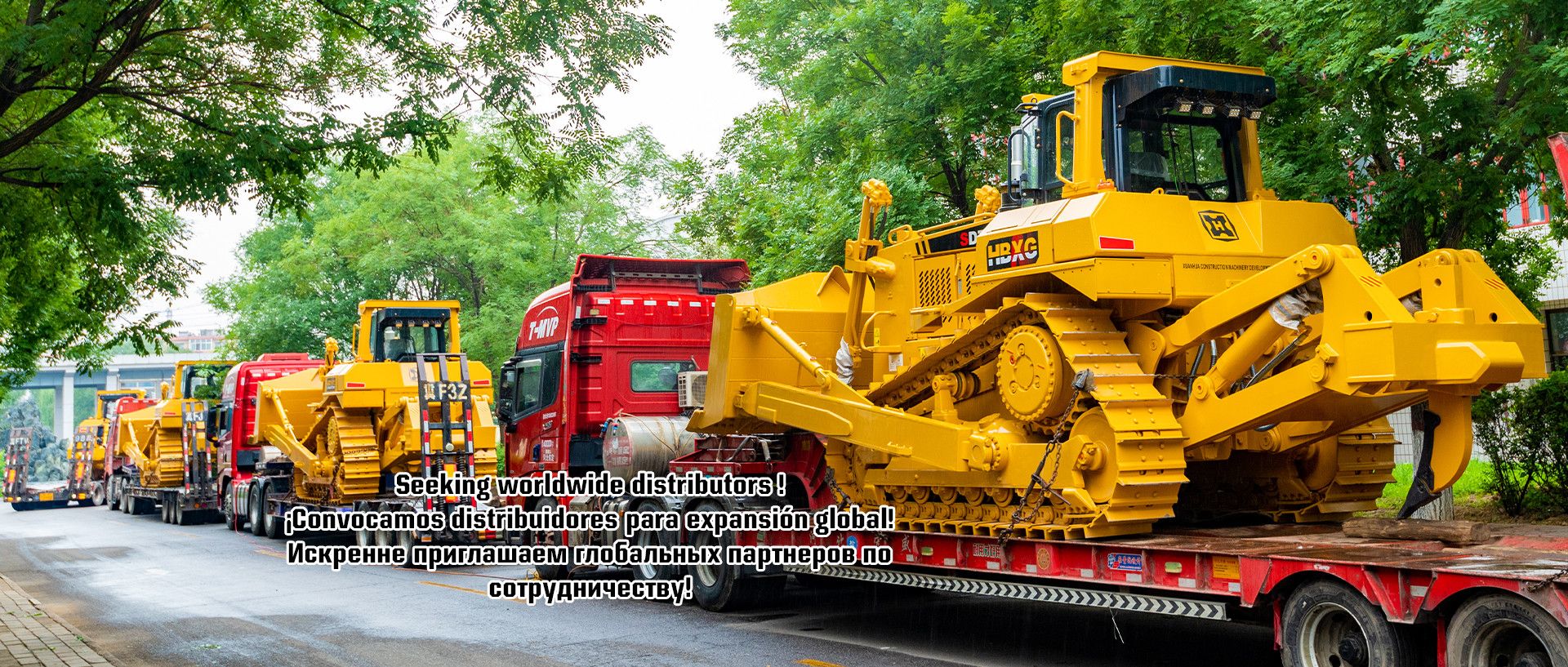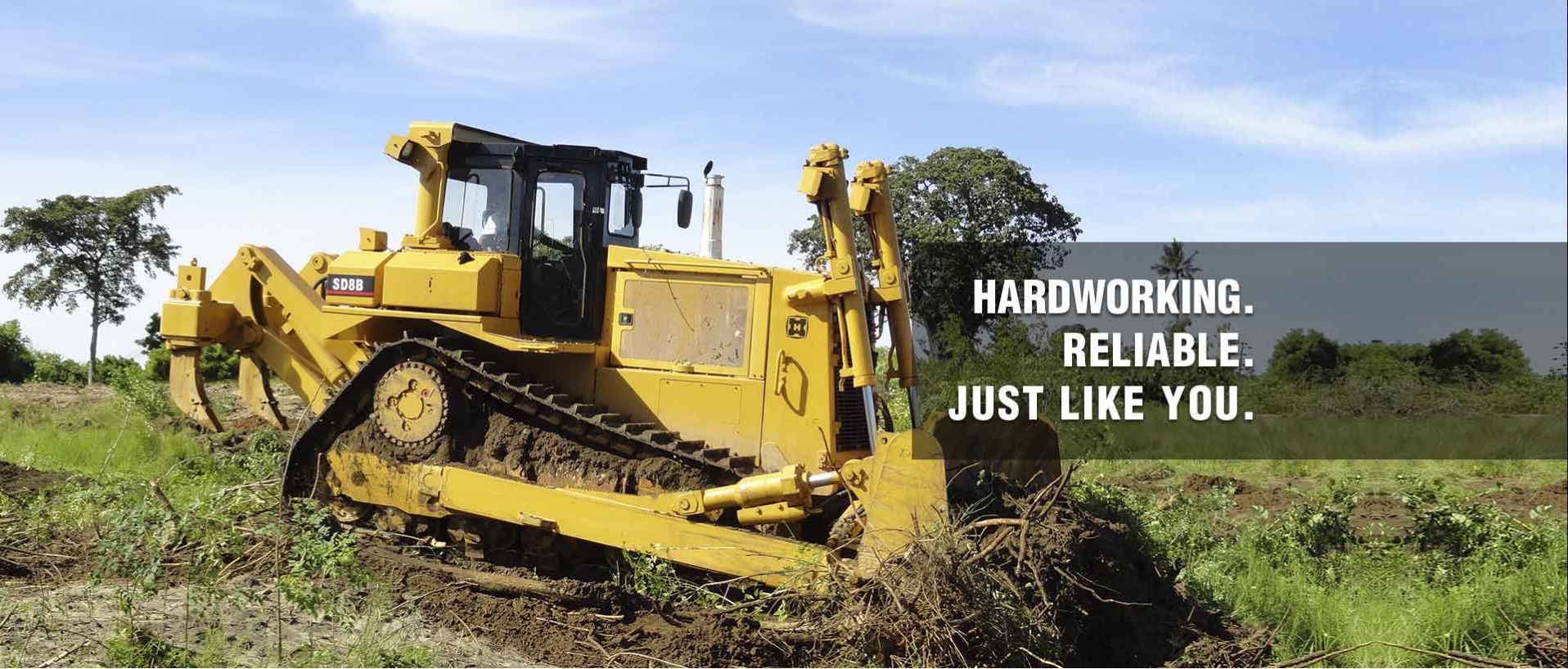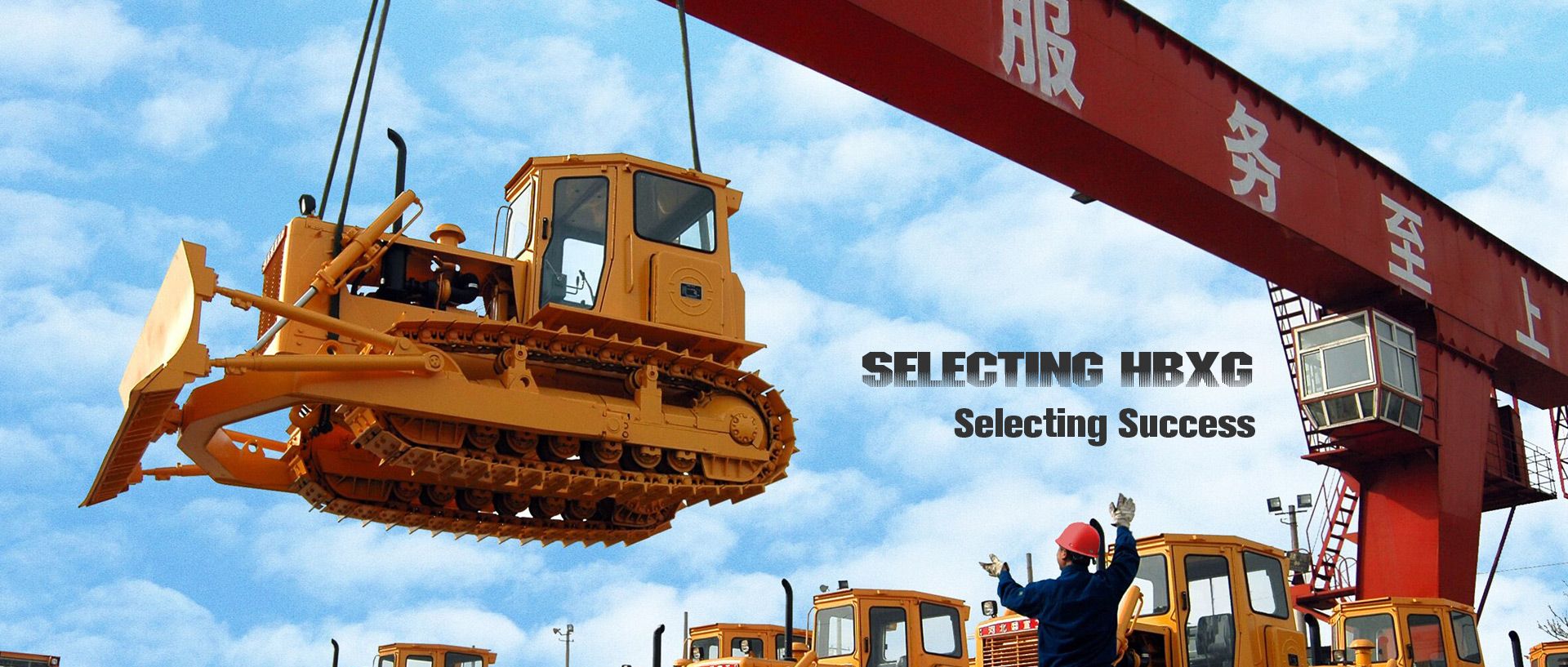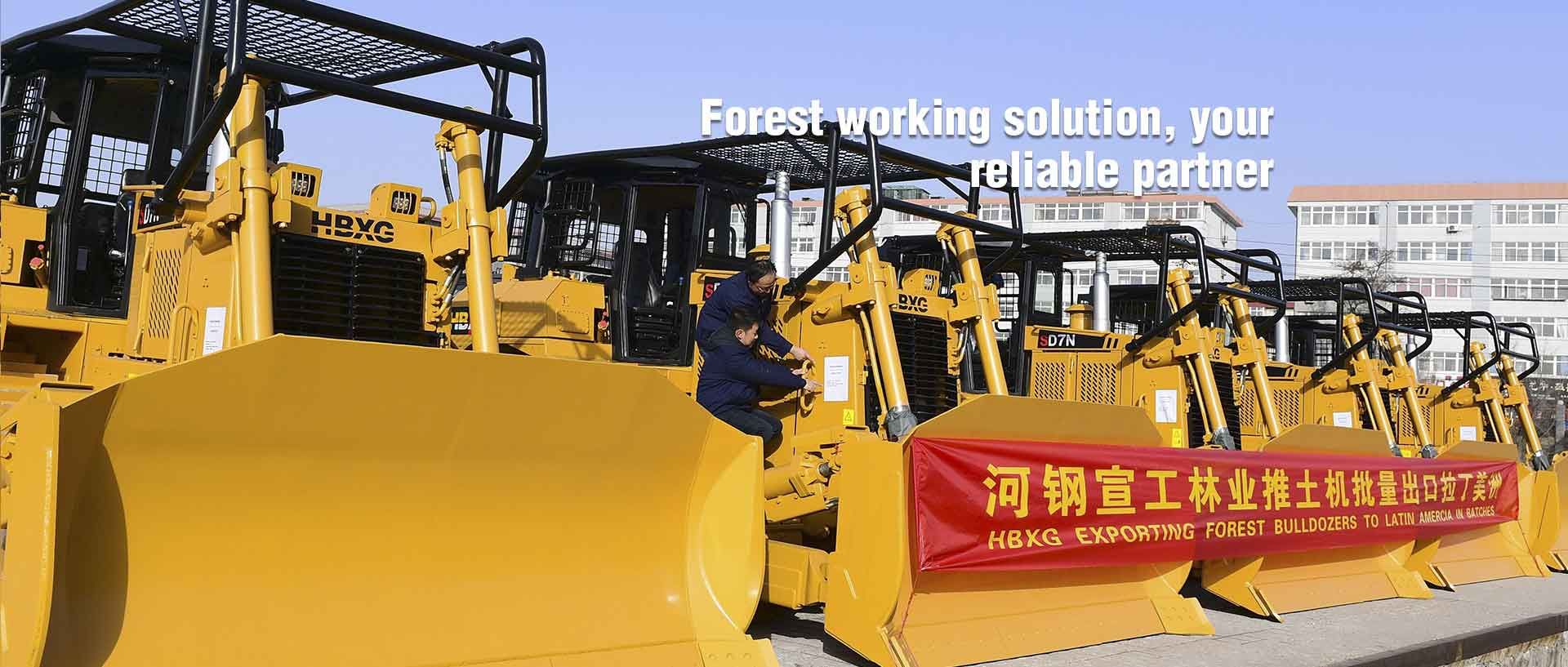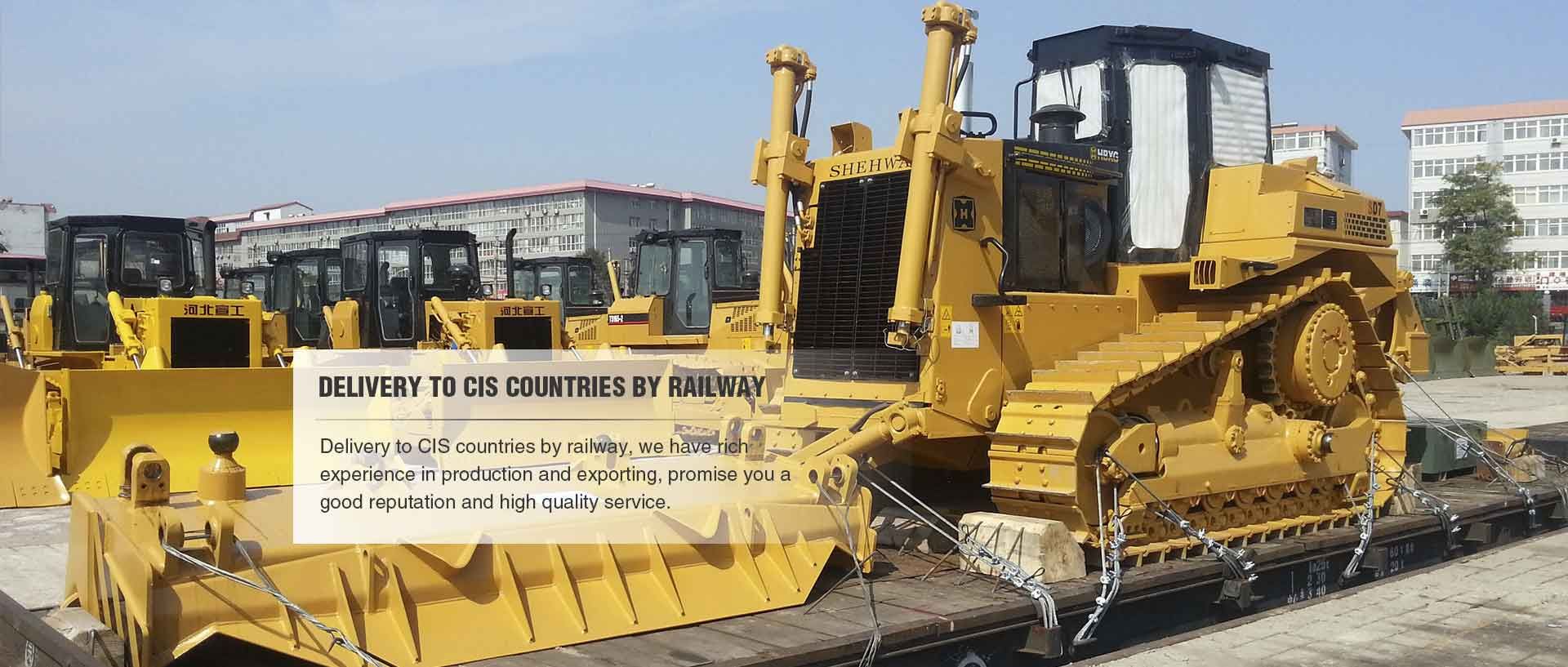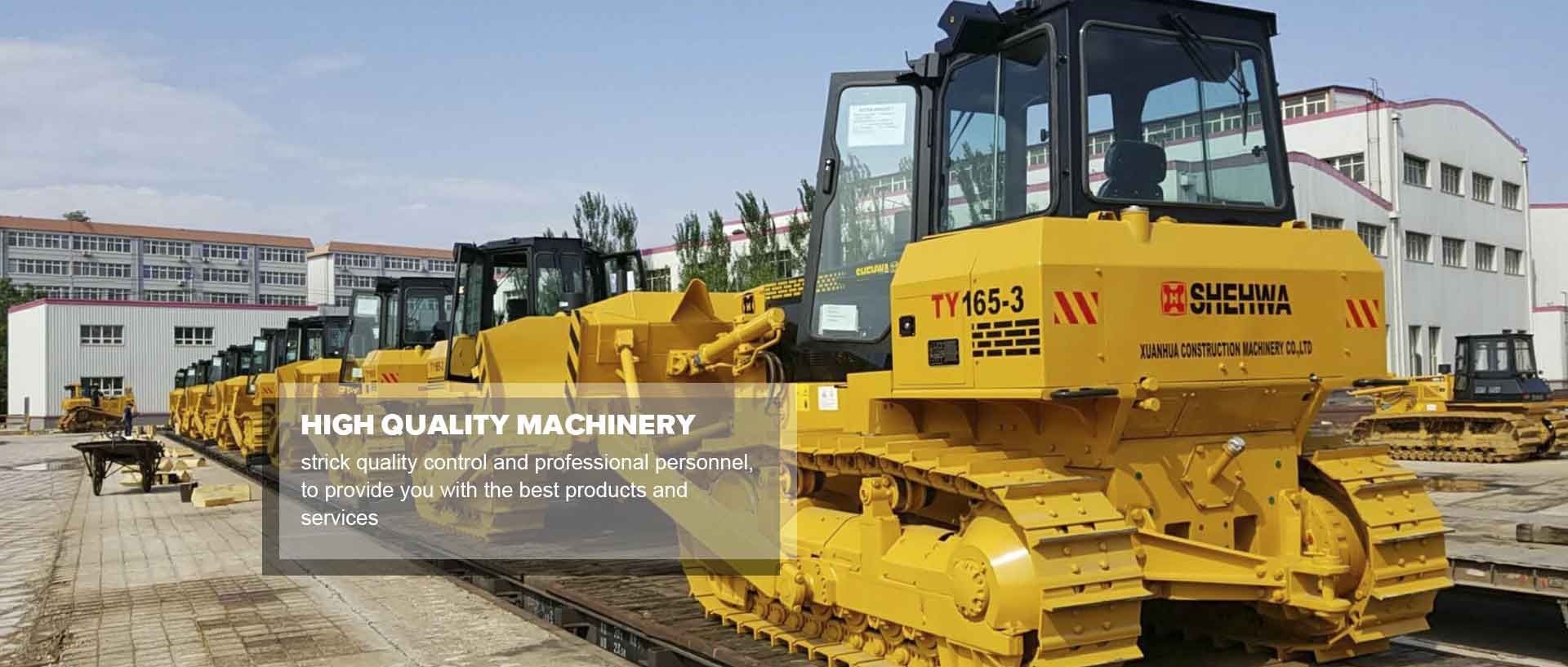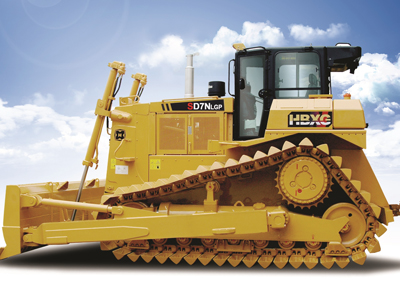What Is the Difference Between Bulldozers And Excavators?
 Feb. 24, 2023
Feb. 24, 2023
Excavators and bulldozers are two types of heavy machinery commonly used in construction, mining, and other industrial applications. While they may appear similar at first glance, they have distinct differences in terms of design, function, and application. In this article, we will compare excavators and bulldozers to highlight their differences.
Design and Function
Excavators are heavy machinery designed to dig, scoop, and lift materials. They are typically mounted on tracks or wheels and have a hydraulic arm or boom that can be equipped with a variety of attachments, such as a bucket, hammer, or grapple. The hydraulic arm allows the excavator to reach and dig at various angles and depths. Excavators are used in applications such as digging trenches, excavating foundations, and demolishing buildings.
A bulldozer or dozer (also called a crawler) is a large, motorized machine equipped with a metal blade to the front for pushing material: soil, sand, snow, rubble, or rock during construction work. It travels most commonly on continuous tracks, though specialized models riding on large off-road tires are also produced. Its most popular accessory is a ripper, a large hook-like device mounted singly or in multiples in the rear to loosen dense materials.
Size and Power
Excavators and bulldozers come in different sizes and power depending on their specific application. Excavators can range in size from small machines used for landscaping and small construction projects to large, heavy-duty machines used in mining and other industrial applications. The largest excavators can weigh over 100 tons and have engines that produce more than 1,000 horsepower.
Bulldozers also come in a range of sizes, from small, compact machines suitable for landscaping and residential construction to large, heavy-duty machines used in mining and other industrial applications. The most powerful bulldozers can weigh over 100 tons and have engines that produce more than 1,000 horsepower. Bulldozers are generally less powerful than excavators due to their lack of a hydraulic arm.
Application
Excavators and bulldozers are used in different applications depending on their design and function. Excavators are typically used for digging, scooping, or lifting materials using a hydraulic arm or boom. They can be equipped with a variety of attachments, such as a bucket, hammer, or grapple, depending on the specific application. Excavators are commonly used in applications such as digging trenches, excavating foundations, and demolishing buildings.
Bulldozers, on the other hand, are typically used for pushing or pulling material, such as dirt or debris, in a specific direction. They can also be used for grading or leveling terrain, or for pushing debris out of the way. Bulldozers are commonly used in applications such as road construction, mining, land clearing, and agriculture.
Maneuverability
Excavators and bulldozers have different levels of maneuverability depending on their design and application. Excavators are generally more maneuverable than bulldozers due to their hydraulic systems and ability to rotate 360 degrees in place. This makes them more versatile and suitable for a wider range of applications. Excavators can also work in tighter spaces and can reach areas that are difficult for bulldozers to access.
Bulldozers, on the other hand, are typically less maneuverable than excavators due to their larger size and weight. They are designed to move in a straight line and are not capable of rotating in place. However, they are able to move large amounts of material quickly and efficiently.
Cost
The cost of excavators and bulldozers can vary depending on their size, power, and application. Excavators are typically more expensive than bulldozers due to their hydraulic system.















